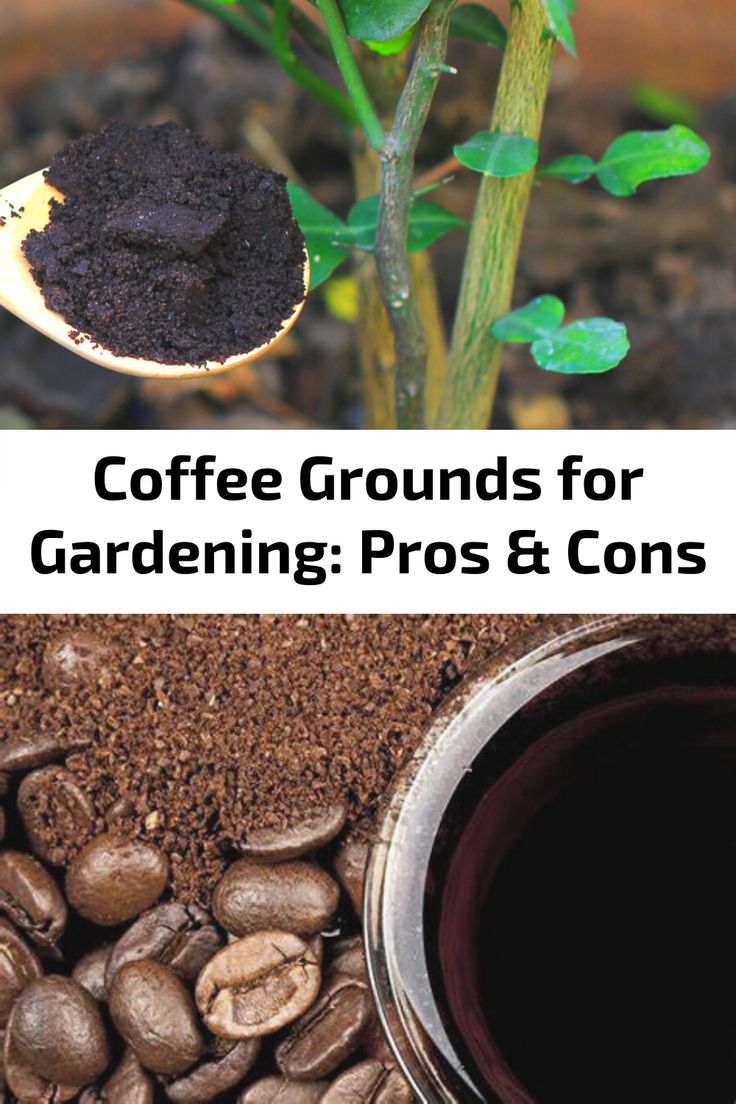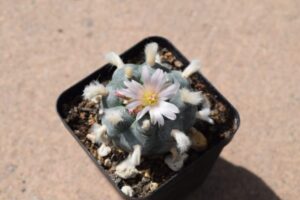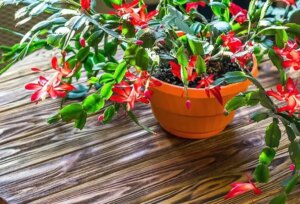Succulents, with their plump leaves and striking forms, are cherished by plant enthusiasts around the globe. As gardeners strive to enhance their care techniques, they often turn to unconventional methods. One commonly debated subject is the use of coffee grounds. Are they beneficial or detrimental to succulents? This article will explore the pros and cons of using coffee grounds in succulent care, providing you with a well-rounded understanding of this topic.
Understanding the Nutritional Needs of Succulents
Before diving into the specifics of coffee grounds, it is essential to comprehend the fundamental nutritional requirements of succulents. These plants are adapted to arid environments and possess unique adaptations for water conservation. Consequently, they thrive in well-draining soil that prevents water accumulation around their roots.
Succulents generally benefit from nutrient-rich, yet balanced soil. While they do require some nutrition, they are not as demanding as other houseplants. Over-fertilization can lead to root rot and other complications. This characteristic makes the prospect of incorporating organic materials, like coffee grounds, an intriguing approach.
What Are Coffee Grounds Rich In?
One reason coffee grounds have garnered attention is their nutrient profile. Rich in nitrogen, carbon, and other trace minerals, coffee grounds can enrich the soil when applied correctly. The following attributes contribute to their potential benefits:
- Nitrogen Content: Coffee grounds contain about 2% nitrogen, which is beneficial for plant growth. Nitrogen is a vital nutrient necessary for chlorophyll production and overall vitality.
- Organic Matter: As organic matter, coffee grounds can help improve soil structure, promoting aeration and drainage—two critical elements for succulent health.
- pH Level: Used grounds are generally acidic. However, when mixed into the soil, they tend to neutralize, making them suitable for a wider variety of plants.
Evaluating the Benefits of Coffee Grounds for Succulents
While there are positive aspects to consider, it is crucial to evaluate them against potential drawbacks. Here are a few advantages of incorporating coffee grounds into a succulent care regimen:
Enhanced Soil Structure
When mixed into potting soil, coffee grounds can improve aeration and drainage, critical components for maintaining healthy roots. They provide a loamy texture, allowing roots to access oxygen while avoiding stagnant water, which can lead to rot.
Natural Fertilizer
The nitrogen in coffee grounds serves as a slow-release fertilizer, providing a gentle nutrient boost that can help succulents grow without overwhelming them. This gradual release allows plants to absorb nutrients as needed, which is often preferable to synthetic fertilizers that can shock the system.
Integrated Pest Management
Interestingly, some gardeners have reported that coffee grounds can deter certain pests, such as snails and slugs. While this is not a guaranteed outcome, incorporating coffee grounds into the garden may offer a dual benefit: enriching the soil while providing some degree of pest deterrence.
Potential Drawbacks of Coffee Grounds for Succulents
Risk of Overapplication
Acidity Levels
Potential Compaction
Best Practices for Using Coffee Grounds with Succulents
- Use Sparingly: A small amount, about 10-20% mixed into the potting soil, is usually sufficient. Monitor your plants for any changes over time.
- Combine with Other Amendments: Mixing coffee grounds with sand, perlite, or well-rotted compost can help improve drainage and prevent compaction.
- Testing pH: Regularly assess the soil pH to ensure it remains within a suitable range for your succulents, ideally between 5.5 and 7.0.
- Observe Plant Health: Keep an eye on the overall health of your succulents. Any signs of stress—yellowing leaves, wilting, or stunted growth—might indicate over-fertilization or pH imbalances.
Conclusion: Making Informed Decisions





Leave a Comment